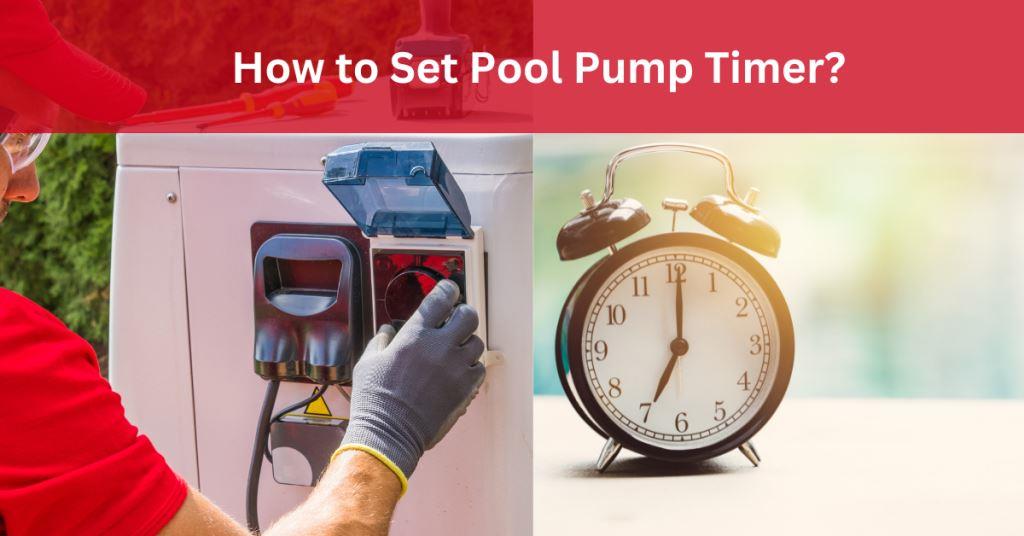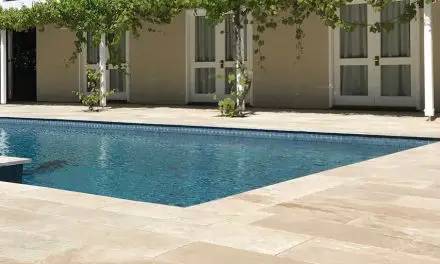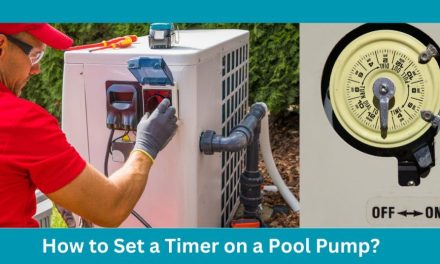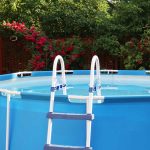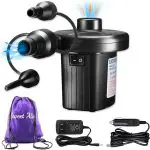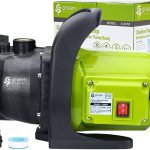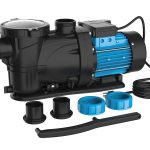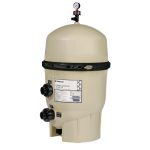To set a pool pump timer, ensure you have the correct time and day set on the timer. Then, set the desired run time for your pool pump by turning the dial or programming the digital display.
Adjust the run time according to factors such as pool size, weather conditions, and water quality to ensure optimal filtration and energy efficiency. Consider scheduling the pool pump to run during off-peak hours to save on energy costs. Remember to monitor the effectiveness of the pump timer settings regularly and make adjustments as needed for optimal pool maintenance.
Factors To Consider Before Setting The Pool Pump Timer
The factors to consider before setting the pool pump timer include the size and volume of your pool, the type and efficiency of the filter you have, the climate and weather conditions in your area, and the energy consumption and cost.
When it comes to pool size and volume, larger pools may require longer pump run times to ensure proper circulation. The type of filter you have, whether it’s a sand, cartridge, or DE filter, will also impact the pump run time.
Climate and weather conditions, such as temperature and sunlight exposure, will determine the frequency and duration of pump operation. Lastly, energy consumption and cost should be taken into account to optimize efficiency and reduce expenses. By considering these factors, you can set your pool pump timer effectively and maintain a clean and well-circulated pool.
Steps To Set Pool Pump Timer For Efficient Pool Maintenance
To set your pool pump timer efficiently, follow these steps. First, identify the recommended run time for your pool. Next, locate and access the pool pump timer. Set the current time on the timer accurately. Then, select the desired run time duration for your pool pump.
Finally, set the timer to start and stop according to your pool maintenance schedule. By following these steps, you can ensure that your pool pump runs efficiently, saving energy and maintaining the cleanliness of your pool. Remember to consider the best time to run your pool pump to maximize energy savings.
Running the pump during off-peak hours or at night can help reduce your electric bill.
Additional Tips For Optimal Pool Pump Timer Settings
The optimal pool pump timer settings include utilizing off-peak hours for energy savings. By running your pool pump during non-peak hours, such as at night, you can reduce your energy costs. Additionally, it is important to monitor your pool conditions and adjust the run time accordingly.
Regular maintenance and cleaning of the pool pump timer are also crucial for optimal performance. By following these tips, you can ensure that your pool pump timer operates efficiently and effectively, saving you both energy and money in the long run.
Common Mistakes To Avoid When Setting The Pool Pump Timer
Setting the pool pump timer correctly is essential for efficient pool operation. One common mistake to avoid is over or underestimating the run time requirements. It’s important to find the balance between running the pump long enough to maintain water quality and not wasting unnecessary energy.
Neglecting regular maintenance and cleaning is another mistake to steer clear of. A dirty pump can lead to reduced performance and increased wear and tear. Additionally, it’s crucial to consider the impact of weather conditions on timer settings. During hot and sunny days, the pool may require longer filtration times to keep the water clean and clear.
By avoiding these common mistakes, you can ensure that your pool pump timer is set to optimize both performance and energy efficiency.
Troubleshooting Pool Pump Timer Issues
The timer on your pool pump may sometimes experience issues, such as not functioning properly or having incorrect time settings. This can lead to problems in the operation of your pool pump. Additionally, power supply problems can also cause the timer to malfunction.
To troubleshoot these issues, start by checking the time settings and ensuring they are accurate. If the timer is still not functioning properly, check the power supply to make sure it is stable and providing enough power to the pump.
By addressing these common problems, you can ensure that your pool pump timer is working correctly and effectively.
Frequently Asked Questions On How To Set Pool Pump Timer?
What Is The Best Time To Set Your Pool Timer?
The best time to set your pool timer is during the warmest hour of the day for optimal pool circulation. However, running it during peak hours may increase your energy consumption and electric bill. To save on energy costs, consider running the pool pump at night to avoid peak times.
How Long Should A Pool Pump Run Daily?
A pool pump should run for at least 4-8 hours daily to cycle through all of the water in the pool.
How Do I Set The Timer On My Hayward Pool Pump?
Setting the timer on your Hayward pool pump is easy. Simply follow these steps: 1. Locate the timer switch on your Hayward pool pump. 2. Turn the switch to the desired time you want the pump to run. 3. Make sure the timer is set to the correct AM/PM time.
4. Double-check that the timer is properly set by observing the pump turning on and off according to the desired time. Remember to adjust the timer according to your pool’s needs and the energy consumption you prefer.
Conclusion
To ensure the optimal functioning of your pool pump, it is important to set the timer correctly. The best time to run your pool pump is during the warmest hour of the day when evaporation is highest. However, keep in mind that running the pump during this time may lead to higher energy consumption and an increase in your electric bill.
If you want to save on energy costs, you can run the pump at night to avoid peak hours. It is recommended to run your pool pump for at least 4-8 hours daily to cycle through all of the water in your pool.
However, you can split the pump time up at different parts of the day to ease your energy budget. By setting the pool pump timer effectively, you can maintain the cleanliness and clarity of your pool while minimizing energy costs.

